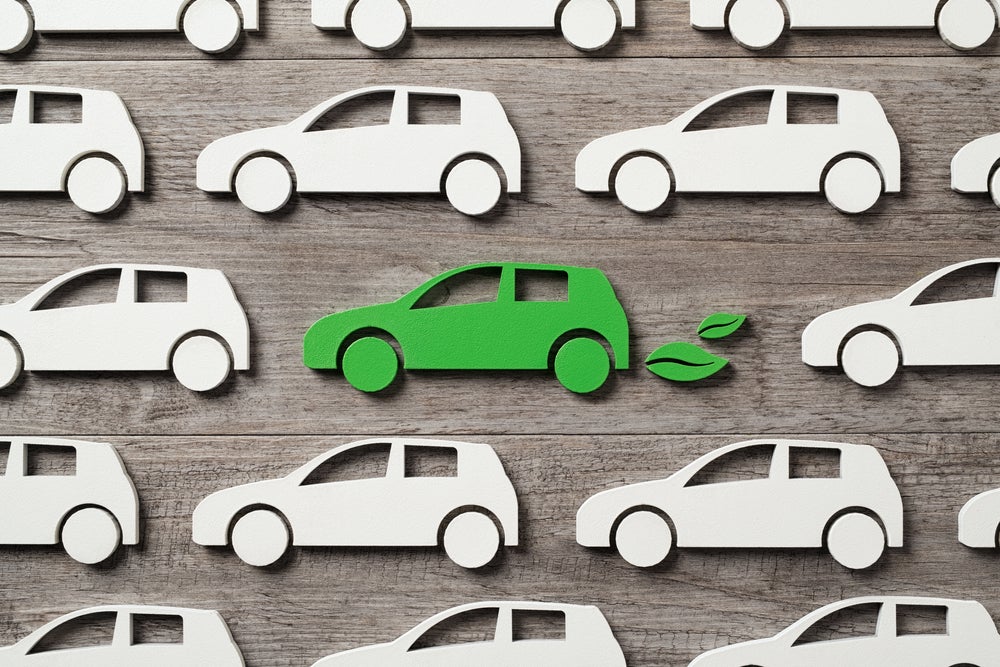
Green NCAP has released the results of the Life Cycle Assessment (LCA) of greenhouse gas (GHG) emissions and primary energy demand of cars tested in 2022.
Green NCAP tested 34 cars with different powertrain types: battery electric, hybrid electric, conventional petrol and diesel, and one vehicle, the Ford Puma, that runs on alternative fuel.
The LCA calculations used the interactive Life Cycle Assessment tool that is available for consumers on Green NCAP’s website. The calculations are made based on the average energy mix of the 27 EU Member States and the UK, and an average mileage of 240,000 km over 16 years.
Green NCAP’s results show that the current and continuous trend towards larger and heavier cars significantly increases the negative impact on climate and energy demand.
This drives not only a rise in fuel and electric energy consumption but also creates a wider footprint in vehicle and battery production. Consumers and manufacturers also share the burden for this trend given their steady interest in larger cars, in particular SUVs, as their vehicle of choice.
Green NCAP uses the methods of Life Cycle Assessment (LCA) to investigate the total greenhouse gas emissions (GHG) and primary energy demand (PED) created throughout the entire life cycle of a vehicle.
How well do you really know your competitors?
Access the most comprehensive Company Profiles on the market, powered by GlobalData. Save hours of research. Gain competitive edge.

Thank you!
Your download email will arrive shortly
Not ready to buy yet? Download a free sample
We are confident about the unique quality of our Company Profiles. However, we want you to make the most beneficial decision for your business, so we offer a free sample that you can download by submitting the below form
By GlobalDataLCA results from the 34 tested cars show that battery electric vehicles are ahead in reducing greenhouse gases with 40‑50% fewer emissions compared to conventional petrol cars, depending on the model chosen.
In terms of primary energy demand, the differences between electric and conventional cars are less. The hybrid electric sport utility vehicles (SUVs) that were tested, have higher fuel consumption and due to increased emissions in the usage phase, have life cycle values in the range of 200‑240 g CO2-equivalent/km and an estimated 0.85‑1.0 kWh/km.
These numbers lie between the values of a large electric SUV and a conventional petrol- or diesel-powered counterpart. Noteworthy are the results of the bio-ethanol (E85) operated Ford Puma, as compared to the same car in petrol mode, this car has greenhouse gas emissions reduced to a level closer to the range of battery electric cars.
In this case, the processes needed for the bio-fuel production increase Puma’s life cycle energy demand by 57%, yet given 60% of the total energy needed is renewable, much less fossil fuel is used.
These calculations show the considerable differences between each car’s impact on the environment, but they also reveal the significant influence of mass on greenhouse gas emissions and primary energy demand. This is seen for all powertrain types even though the correlation might be slightly distorted for some cars due to differences in aerodynamic drag or powertrain efficiency. Nevertheless, the overlying message is clear – the heavier the vehicle, the more harm it does to the environment and the extra energy required to drive the car.
In general, battery electric vehicles emit significantly less greenhouse gases over their lifetime, but some of the gains are lost due to their increased weight.
Electric vehicles and electrification in general offer huge potential in reducing greenhouse gases, but the ever-increasing trend of heavier vehicles diminishes this prospect. To counteract this, Green NCAP calls on manufacturers to reduce the mass of their products and calls on consumers to make purchasing decisions that not only consider the powertrain of their new cars, but also consider their weight.
Aleksandar Damyanov, Green NCAP’s technical manager, said: “To better illustrate how mass affects environmental performance, Green NCAP has performed additional numerical simulations based on real-world Green NCAP measurements. These studies show that all three powertrain types (electric BEV, non-rechargeable hybrid HEV and conventional ICEV), when their mass increases, have the same relative rise in energy consumption of about 2% per 100 kg.
According to the European Automobile Manufacturers’ Association (ACEA), in 2022, 9.3 million vehicles were sold, out of which 12.2% were battery-electric. This leads to a revealing calculation – assuming eight million vehicles are on average 100 kg heavier, the impact of this weight increase on the climate is the equivalent of about 200,000 extra cars on European roads.







